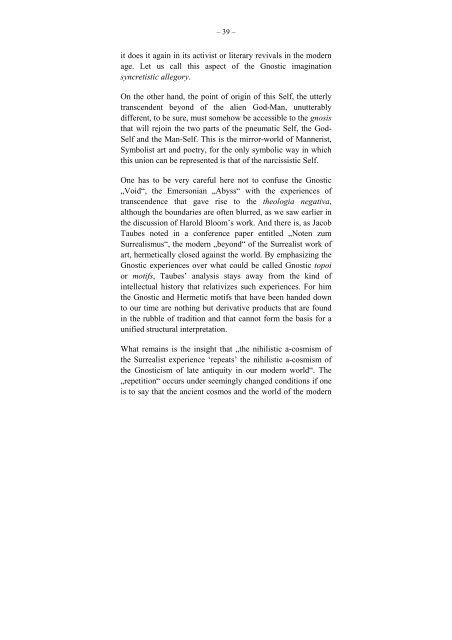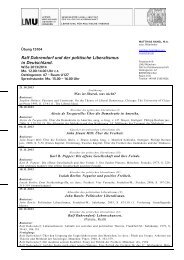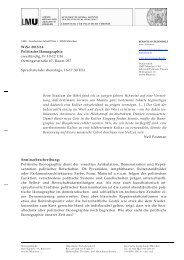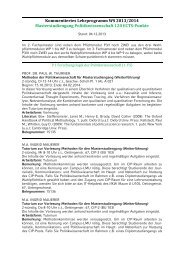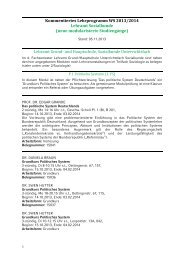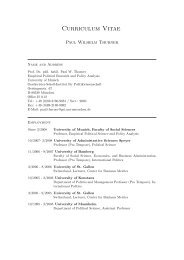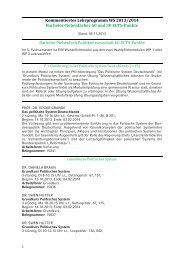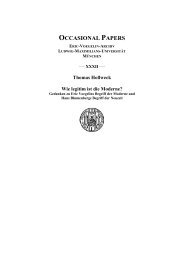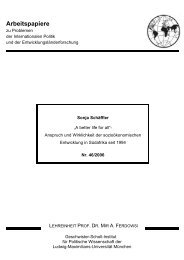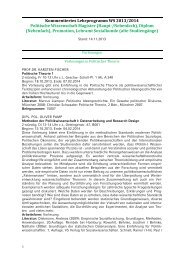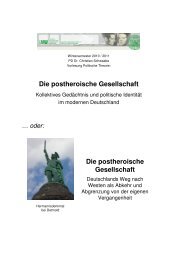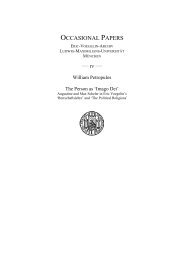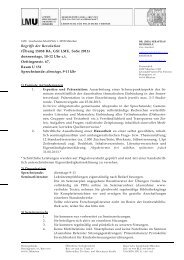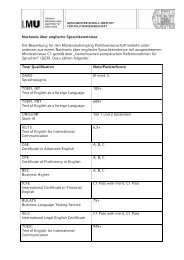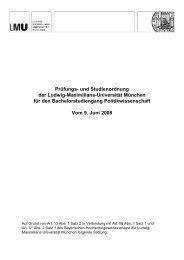THOMAS HOLLWECK is Associate Professor of German at
THOMAS HOLLWECK is Associate Professor of German at
THOMAS HOLLWECK is Associate Professor of German at
You also want an ePaper? Increase the reach of your titles
YUMPU automatically turns print PDFs into web optimized ePapers that Google loves.
– 39 –<br />
it does it again in its activ<strong>is</strong>t or literary revivals in the modern<br />
age. Let us call th<strong>is</strong> aspect <strong>of</strong> the Gnostic imagin<strong>at</strong>ion<br />
syncret<strong>is</strong>tic allegory.<br />
On the other hand, the point <strong>of</strong> origin <strong>of</strong> th<strong>is</strong> Self, the utterly<br />
transcendent beyond <strong>of</strong> the alien God-Man, unutterably<br />
different, to be sure, must somehow be accessible to the gnos<strong>is</strong><br />
th<strong>at</strong> will rejoin the two parts <strong>of</strong> the pneum<strong>at</strong>ic Self, the God-<br />
Self and the Man-Self. Th<strong>is</strong> <strong>is</strong> the mirror-world <strong>of</strong> Manner<strong>is</strong>t,<br />
Symbol<strong>is</strong>t art and poetry, for the only symbolic way in which<br />
th<strong>is</strong> union can be represented <strong>is</strong> th<strong>at</strong> <strong>of</strong> the narc<strong>is</strong>s<strong>is</strong>tic Self.<br />
One has to be very careful here not to confuse the Gnostic<br />
„Void“, the Emersonian „Abyss“ with the experiences <strong>of</strong><br />
transcendence th<strong>at</strong> gave r<strong>is</strong>e to the theologia neg<strong>at</strong>iva,<br />
although the boundaries are <strong>of</strong>ten blurred, as we saw earlier in<br />
the d<strong>is</strong>cussion <strong>of</strong> Harold Bloom’s work. And there <strong>is</strong>, as Jacob<br />
Taubes noted in a conference paper entitled „Noten zum<br />
Surreal<strong>is</strong>mus“, the modern „beyond“ <strong>of</strong> the Surreal<strong>is</strong>t work <strong>of</strong><br />
art, hermetically closed against the world. By emphasizing the<br />
Gnostic experiences over wh<strong>at</strong> could be called Gnostic topoi<br />
or motifs, Taubes’ analys<strong>is</strong> stays away from the kind <strong>of</strong><br />
intellectual h<strong>is</strong>tory th<strong>at</strong> rel<strong>at</strong>ivizes such experiences. For him<br />
the Gnostic and Hermetic motifs th<strong>at</strong> have been handed down<br />
to our time are nothing but deriv<strong>at</strong>ive products th<strong>at</strong> are found<br />
in the rubble <strong>of</strong> tradition and th<strong>at</strong> cannot form the bas<strong>is</strong> for a<br />
unified structural interpret<strong>at</strong>ion.<br />
Wh<strong>at</strong> remains <strong>is</strong> the insight th<strong>at</strong> „the nihil<strong>is</strong>tic a-cosm<strong>is</strong>m <strong>of</strong><br />
the Surreal<strong>is</strong>t experience ‘repe<strong>at</strong>s’ the nihil<strong>is</strong>tic a-cosm<strong>is</strong>m <strong>of</strong><br />
the Gnostic<strong>is</strong>m <strong>of</strong> l<strong>at</strong>e antiquity in our modern world“. The<br />
„repetition“ occurs under seemingly changed conditions if one<br />
<strong>is</strong> to say th<strong>at</strong> the ancient cosmos and the world <strong>of</strong> the modern


